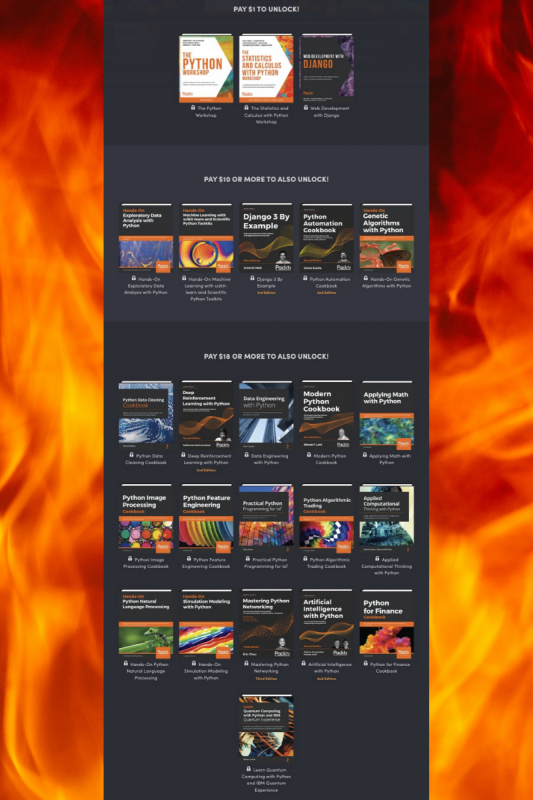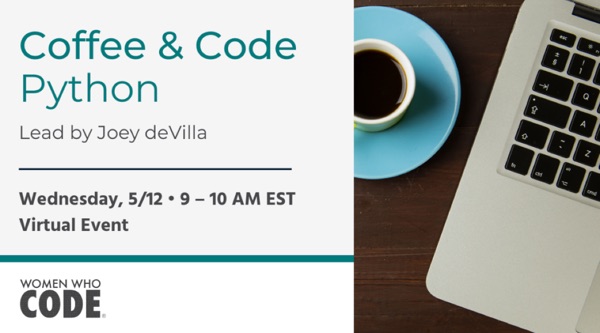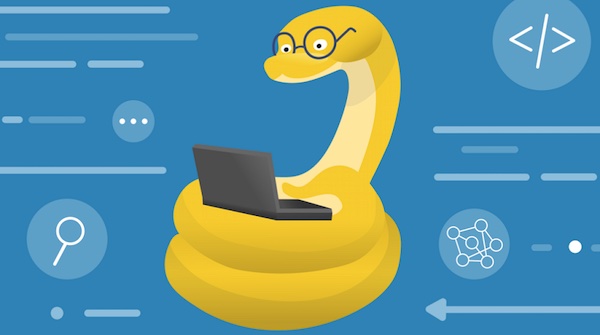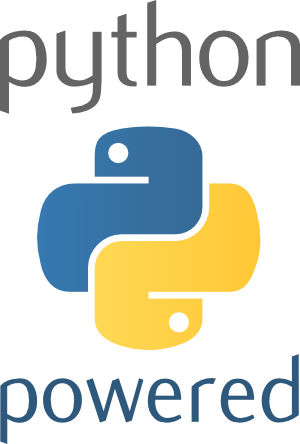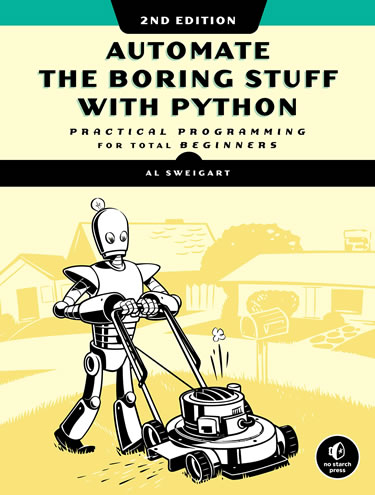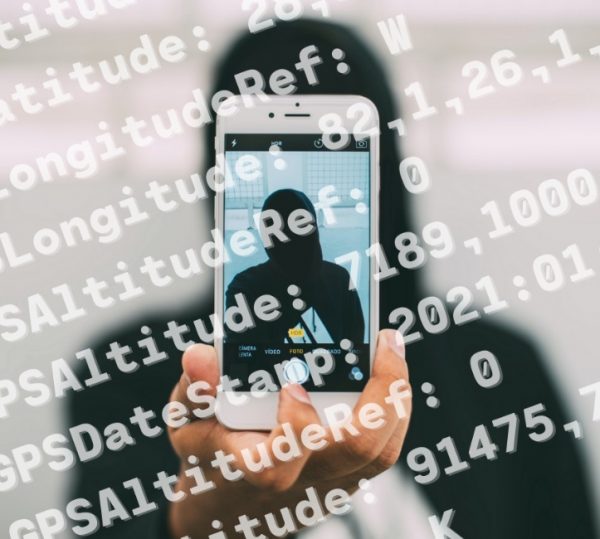
Once again, it’s time to list Tampa Bay podcasts that you, the Global Nerdy reader, might find informative, interesting, and illuminating!
In the last list, I listed the podcasts from newest to longest-running. This time, I’m listing them from longest-running to newest:
- Thunder Nerds
- The 6 Figure Developer
- The Mike Dominick Show
- Friends That Code
- Space and Things
And now, the podcasts…

Of the podcasts in this roundup, Thunder Nerds — “A conversation with the people behind the technology, that love what they do… and do tech good” — has been around the longest, with 279 episodes over five seasons to date. You’ve probably seen the hosts at local meetups and conferences; they’re Frederick Philip Von Weiss and Brian Hinton.
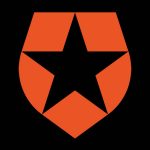 Thunder Nerds is sponsored by a company that’s near and dear to me, Auth0! That’s partly because they have a great authentication, authorization, and identity service, and partly because I work there in my role as a Senior R&D Content Engineer!
Thunder Nerds is sponsored by a company that’s near and dear to me, Auth0! That’s partly because they have a great authentication, authorization, and identity service, and partly because I work there in my role as a Senior R&D Content Engineer!
Here are Thunder Nerds’ podcasts since the last time I did a roundup of Tampa Bay podcasts:
279 – 💡 Super Friendly Design Systems with Dan Mall — In this episode, we get to speak with Dan Mall : Co-founder and CEO of Arcade, and Founder & CEO of SuperFriendly. We discuss the origins of SuperFriendly, Arcade, the “Get It Out of Your System” podcast, and more.
I’ll be recording an episode with the Thunder Nerds this Thursday!

This Thursday, I’ll chat with Brian and Frederick about all sorts of developments since the last time I chatted with them, not the least of which is how their podcast was a key part of the research I did to land my job at Auth0.
I’m sure that a good chunk of our conversation will be about what working at Auth0 is like, authentication and authorization, the hardware and electronic music dabbling that I’ve been doing lately, and maybe even what my ideas for a post-lockdown world are.
The Thunder Nerds record their podcasts in such a way that you can watch the recording process LIVE on YouTube, and can even type in questions or comments as it’s happening! If you’d like to see how the sausage is made, follow this link next Thursday evening at 7:30 p.m. EDT and watch the fun!


At the time I’m writing this, The 6 Figure Developer — hosted by John Callaway, Clayton Hunt, and Jon Ash — has posted 178 episodes. It’s…
…a show dedicated to helping developers to grow their career. Topics include Test Driven Development, Clean Code, Professionalism, Entrepreneurship, as well as the latest and greatest programming languages and concepts.
Here are The 6 Figure Developer’s podcasts since the last time I did a roundup of Tampa Bay podcasts:
- Episode 193 — Software Coaching with GeePaw Hill — GeePaw Hill is a coach – a professional harvester of the value of change — in the software development industry. A geek for forty years, he’s spent the last two decades helping individuals, teams, and organizations take steps to become closer to who or how they wish to be.
- Episode 192 — Blazor with Carl Franklin — Carl Franklin is Executive Vice President of App vNext, a software development firm focused on modern methodologies and technologies. Carl is a 20+ year veteran of the software industry, co-host and founder of .NET Rocks!, the first and most widely listened to podcast for .NET developers, a Microsoft MVP for Developer Technologies, and Senior Executive of Pwop Studios, a full-service audio and video production/post production studio located in Southeastern Connecticut.
- Episode 191 — Scrum with Dr. Jeff Sutherland — After 11 years in the military he became a doctor at the University of Colorado School of Medicine. Sutherland contributed to the creation of the Agile Manifesto in 2001. Along with Ken Schwaber, he wrote and maintains The Scrum Guide, which contains the official definition of the framework.
- Episode 190 — Microservices with Sean Whitesell —Sean is a Microsoft MVP, ASP Insider, Technical Reviewer, and Cloud Architect at TokenEx.
- Episode 189 — Reactive DDD with Vaughn Vernon — Vaughn Vernon is an entrepreneur, software developer, and architect with more than 35 years of experience in a broad range of business domains. Vaughn is a leading expert in Domain-Driven Design and Reactive, and champions simplicity. He consults and teaches around Domain-Driven Design and Reactive software development, helping teams and organizations realize the potential of business-driven and reactive systems as they transform from technology-driven legacy web implementation approaches. Vaughn is the author of three books: Implementing Domain-Driven Design, Reactive Messaging Patterns with the Actor Model, and Domain-Driven Design Distilled, all published by Addison-Wesley.
- Episode 188 — Designing for Scale with James Avery — James is the Founder and CEO of Kevel, previously known as Adzerk. Kevel is the next generation of publisher ad serving; offering the infrastructure APIs needed to quickly build custom ad platforms for sponsored listings, internal promotions, native ads, and more. It’s built to be faster, easier to use, and more comprehensive than anything on the market today.

 The Mike Dominick Show is the second-newest of the podcasts in this list, and it has an open source focus.
The Mike Dominick Show is the second-newest of the podcasts in this list, and it has an open source focus.
His most recent podcasts:

Friends That Code is hosted by Mike Traverso, whom locals may know from the Tampa Bay Google Developers Group meetup and other Google-y events. In this podcast, he showcases…
…some amazing people I know that just happen to write code for a living. Whether they started off intending to code or just happened into it, we get to hear about the types of people you’ll meet, things you’ll get to do, jobs you’ll have along the way, and advice from some awesome coders along the way!
Here are Friends That Code’s podcasts since the last time I did a roundup of Tampa Bay podcasts:


Space and Things is the newest podcast on this list, and it has the distinction of being the only one here that isn’t about software development. Instead, it’s about…well, you get three guesses. Just read its name.
Space and Things features two hosts:
- Emily Carney: A veteran of the United States Navy, Carney became a freelance writer back in 2008 and started a blog called This Space Available, which is hosted by the National Space Society.In 2011, Carney founded a facebook group Space Hipsters, of which I am a member. Originally intended to be a place to share news and insights amongst friends, this community has now grown to close to 20,000 members including astronauts, engineers, scientists, historians and space flight enthusiasts from around the globe.
- Dave Giles: Giles is a singer/songwriter from London, England who has always had a passion for space flight. Since his early years he’s been looking skyward and though he ended up wielding a guitar for a living, space exploration is alway on his mind and one of his most popular songs is about astronaut Gene Cernan, ‘The Last Man On The Moon’.In 2019 to celebrate the 50th anniversary of Apollo 11, Giles visited all of the crewed space vehicles flown by NASA from Freedom 7 to the Space Shuttle Orbiters.
Here are Space and Things’ podcasts since the last time I did a roundup of Tampa Bay podcasts:
- Remembering Michael Collins — We decided we needed to record an extra podcast to celebrate the life of Michael Collins, who died on Wednesday 28th April at the age of 90.
- STP 35 — This week we talk about a true unsung hero. Gerard K. O’Neill. His work about space colonies was truly ground breaking and his book ‘The High Frontier’ is one of the most inspiring there is. O’Neill is the subject of a new movie, ‘The High Frontier – The Untold Story Of Gerard K. O’Neill’ and we’re joined by three members of the production team to discuss O’Neill and the movie: Director Ryan Stuit; writer and producer Will Henry; and executive producer Dylan Taylor.
- STP 34 — April 22nd is Earth Day, so today we are joined by BluShift Aerospace CEO Sascha Deri and communications director Seth Lockman to talk to us about what they’re doing to try and kickstart the conversations in the aerospace industry about sustainability and using non toxic biofuels.
- STP 33 — This week we take a look at the very first Space Shuttle mission which took place on April 12th 1981. To do this we’re joined by the wonderful author David Hitt who wrote the book ‘Bold They Rise: The Space Shuttle Early Years’.
- STP 32 — On April 12th it’s the 60th anniversary of Yuri Gagarin’s first spaceflight, so we asked author Stephen Walker to join us. He has just released a wonderful book called ‘Beyond’ all about Gagarin and it’s a belter.
- STP 31 — Today Lego release a brand new Space Shuttle Discovery set which also includes the Hubble Space Telescope, so we thought it was a great time to talk Lego and space with Charlie Nangle who runs one of our favourite instagram accounts: The Brick Space.
- STP 30 — On Friday, the news broke that legendary NASA flight director Glynn Lunney had passed away aged 84. We spend some time talking about his finest moments and do our best to pay tribute to one of our heroes. To do this we’re joined by author of “Go, Flight! The Unsung Heroes of Mission Control” – Rick Houston.
 Developers agree that Cross-Site Scripting (XSS) is a real threat to browser-based applications, but many underestimate the true power of XSS.
Developers agree that Cross-Site Scripting (XSS) is a real threat to browser-based applications, but many underestimate the true power of XSS.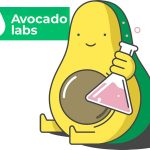 Avocado Labs an Auth0 project whose goal is to keep developers and techies — and people who want to become developers and techies — connected through high-quality online talks.
Avocado Labs an Auth0 project whose goal is to keep developers and techies — and people who want to become developers and techies — connected through high-quality online talks.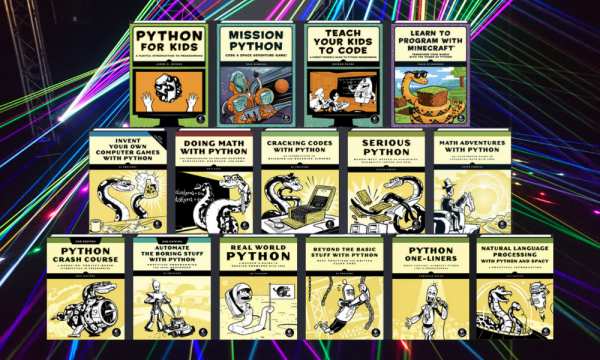













 The Mike Dominick Show
The Mike Dominick Show

